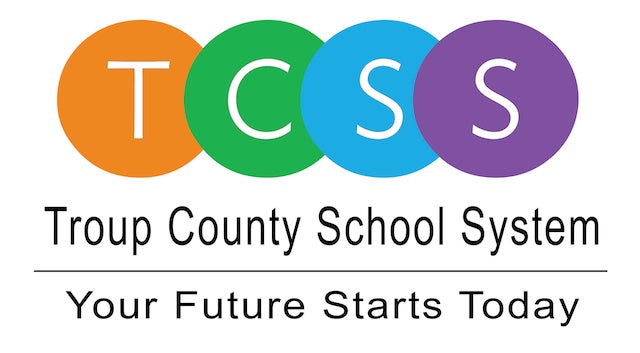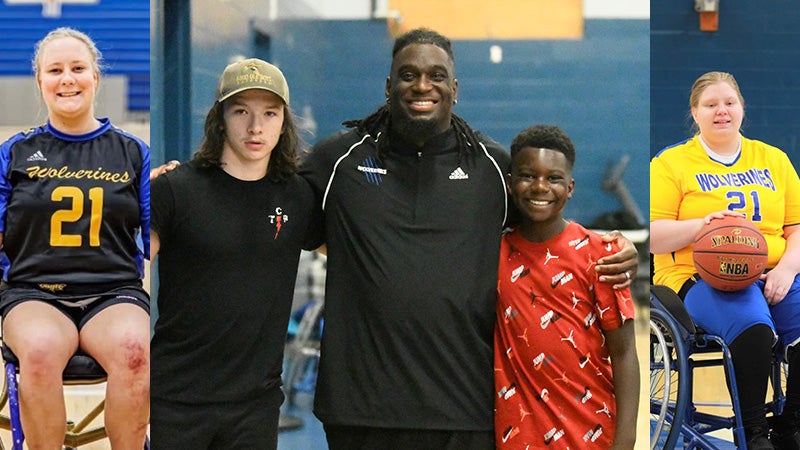TCSS looking for help from churches for virtual school
Published 10:02 am Tuesday, July 21, 2020
|
Getting your Trinity Audio player ready...
|
Troup County School System Superintendent Brian Shumate is asking churches and other nonprofits in the area to step forward and allow students who have limited access to high speed internet to use their Wi-Fi.
TCSS is allowing students two options this upcoming school year — traditional learning or the TCSS Virtual Academy, an online platform.
As of Monday afternoon, 2,059 students had registered for the virtual academy, which was in line with district expectations.
However, Shumate worries about students who may not have access to high speed internet or a strong cellular network signal.
And he’s also trying to prepare just in case COVID-19 forces TCSS to move to 100 percent virtual learning at some point this year.
“We would really like to make a plea to faith-based organizations, that if they can make their facilities available for virtual learning, please reach out to us,” Shumate said.
Shumate said if any churches are interested, TCSS would be willing to help with custodial services, bringing food on campus or anything else that would be required to help.
“Anything we have to do to help so it’s not a burden on the church,” Shumate said.
He said it’d be important that churches not become a school-type environment.
“You can’t create a school-type environment because that’s what they’re trying to avoid,” Shumate said. “The whole point is the kid can go up to the church and use their Wi-Fi and still remain distanced in a safe way.”
TCSS has discussed purchasing hot spots to help students without high speed internet, but they won’t help if students live in an area where they can’t get a strong cell signal.
“If there’s no cell service at their house or is poor, then the hotspots are not going to be sufficient enough to provide them with internet,” said Technology Director Josh Moneypenny.
Moneypenny said that 10 percent of TCSS students do not have access to high speed internet. Some of that 10 percent would still have access to hotspots via a cell service.
However, Moneypenny said even though 90 percent of students have access to high speed internet, not all of those students actually have internet service.
“That just means they have the ability to have it,” Moneypenny said.
“We have some kids that just can’t afford it. So even though [an internet service provider] is there, they don’t have it because of cost reasons.”
Some school systems have added hot spots to school buses, but Shumate said they typically work better in urban areas because students still have to get close to the bus.
Moneypenny said those hot spots typically broadcast out about 100 feet.
He said TCSS has considered partnering to put those types of hot spots in buildings near areas where WIFI isn’t readily available.






